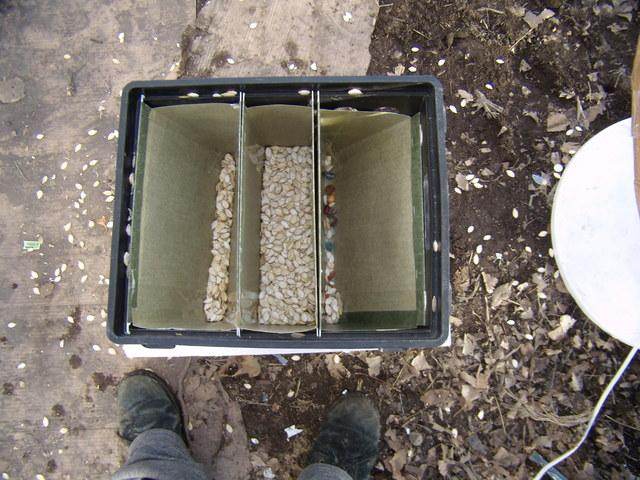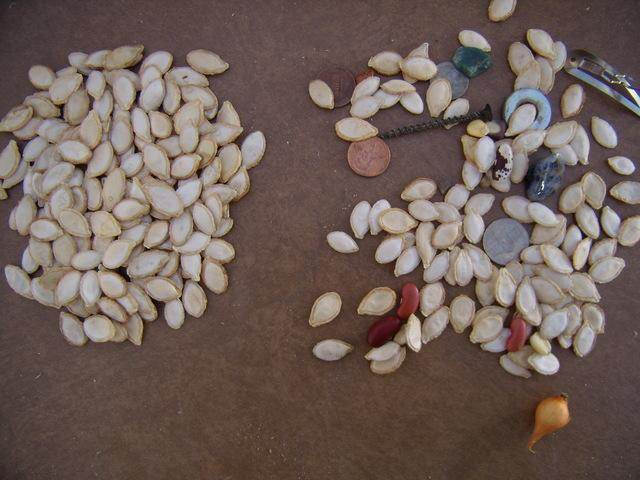
 20
20











 6
6




 3
3




John Polk wrote:Yes. Beans are a healthy choice that help fill you up without breaking the bank.
Years ago, I discovered the benefits of pressure cookers for beans.
It doesn't need to be an all day job !
As an alternative, start them early in a Crock-Pot.
Crock-Pot Bean Recipes








 5
5




Owner, Etta Place Cider

 15
15





 1
1











 4
4




Joseph Lofthouse wrote: Beans contain a poison which is deactivated by boiling. Slow cookers can sometimes have a hard time reaching the poison's deactivation temperature. So I recommend simmering in a pot on the stove. Once the beans are thoroughly cooked, then is a good time to make chili or stew in a crock pot.







 1
1















 7
7





 13
13





 4
4




Follow some of my adventures in writing here and pick up my cookbook/guide to radio drama Box 13 here

 16
16








 7
7















 3
3




 2
2




 1
1




Casie Becker wrote:It's interesting that you have the experience of adding things to cooking rice making it toughen, but not beans. I have the exact opposite happen. When I cook rice I add most of the seasonings, any onions, mushrooms, nuts that I'm including and cook it together though I add extra water. Usually turns out great for me, but if I add anything but baking soda to my beans they tend to stay a little crunchy (in an unpleasant fashion). I'm still working on how much baking soda I need to add to not make bean paste.
Do you have any extreme PH issues with your water? PH is one of the theories I've seen for what decides the texture of the cooked beans. Here it's alkaline.
 2
2




Jan White wrote:This article has a bunch of information about cooking beans - soaking/not soaking, salting/not salting. The author says not salting beans leads to less flavour and having to add more salt later to get the same degree of saltiness. I've found this to be the case as well.







 2
2




 4
4




... it´s about time to get a signature ...
 3
3




 I don't really want to replace it because that keeps me trapped in the consumer cycle. But if I can use a meat grinder, or better yet, a food chopper
I don't really want to replace it because that keeps me trapped in the consumer cycle. But if I can use a meat grinder, or better yet, a food chopper






 1
1











 6
6




Pecan Media: food forestry and forest garden ebooks
Now available: The Native Persimmon (centennial edition)















R Ranson wrote:Mmmmmmmm... Eating home made falafel. Soooooo yummy!
Surprised how easy it was too make.
 9
9
















Idle dreamer




Tyler Ludens wrote:Wow, those look good!









 2
2
























 2
2




R Ranson wrote:Any good recipes for dry soup peas?











 1
1




... it´s about time to get a signature ...




... it´s about time to get a signature ...
 2
2




R Ranson wrote:Anyone here make hummus? Anyone make it without an electric tool? My blitzer and blenders are both on the fritz, and I really don't want to go out and buy new (or used) ones... but without them, no home made hummus.

While we're at it. What's your hummus recipe like? There are so many variations. My favourite goes like this:
Chickpeas
Garlic
Lemon/lime juice
salt
sesame/olive oil
Mix and blend, adjust ingredients to taste.
 1
1




Tobias Beras wrote: far as i remember, you should not eat raw chick peas, but raw green peas are ok. any info on that?











 3
3




R Ranson wrote:Neat idea about using chickpea flour for humus. I was wondering just last night about how to make bean flour. I was also wondering how to use it without having the same digestive issue I have with raw or undercooked dry beans.

| I agree. Here's the link: http://stoves2.com |









